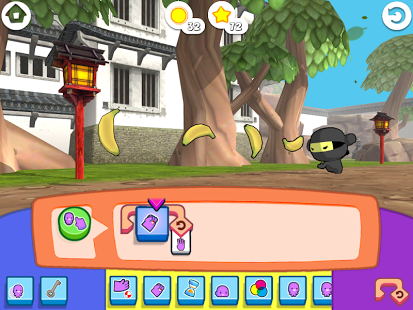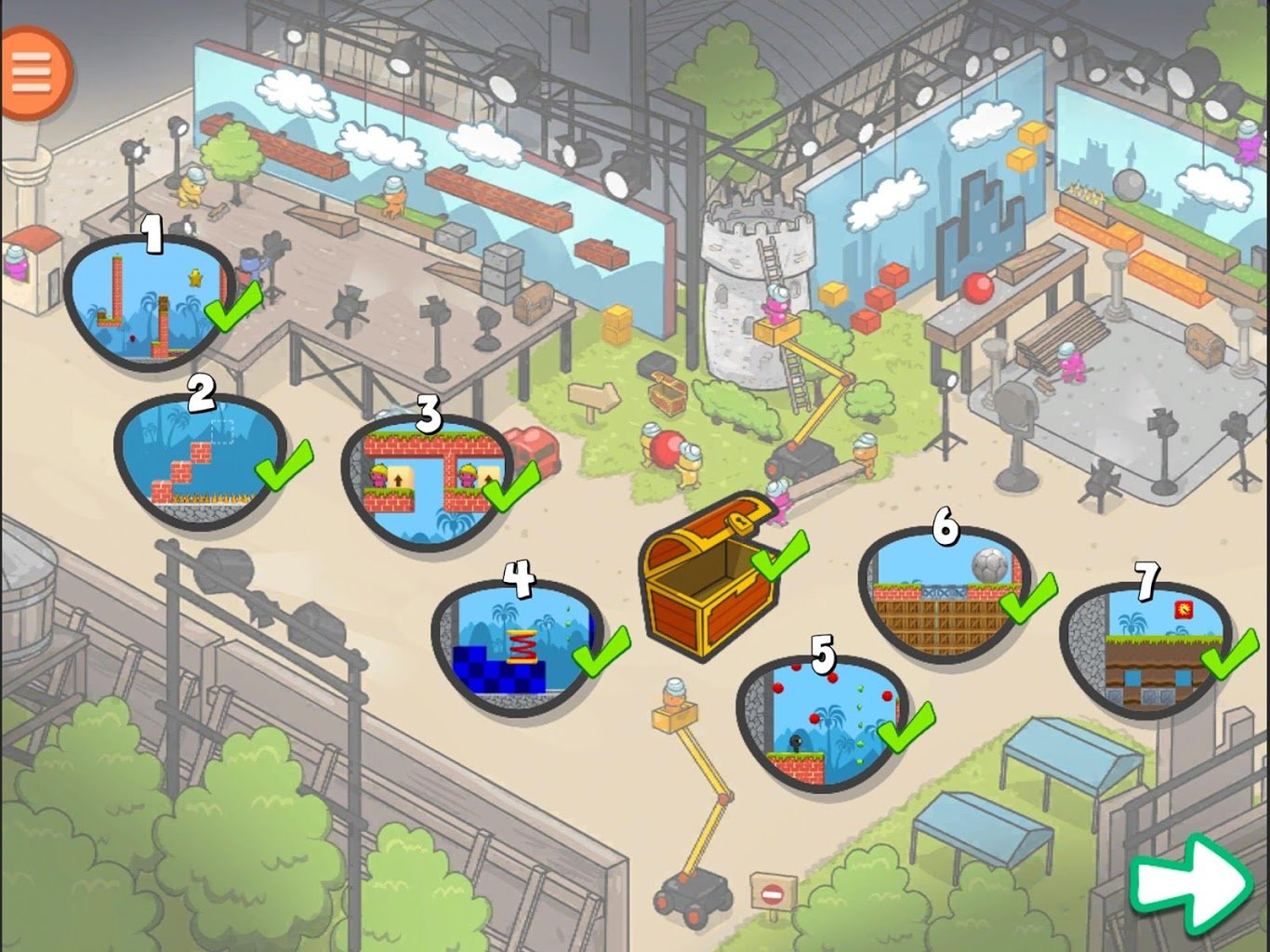If you didn’t know its intended purpose, codeSpark’s multi-award-winning game The Foos presents like a simplified puzzle game – designed without words and intended for small children who speak any language.
Bright, colorful, and filled with a cast of charming little creatures in cute hats that could happily fit right into Disney’s Inside Out, the game tackles the challenge of teaching computer science to kids… without making them write a single line of code.
And it doesn’t come a moment too soon.
Many schools around the world are beginning to incorporate coding and computer programming concepts into their classes. (In fact, it’s been on the national curriculum in Britain for kids as young as five for several years now.
The Foos is one of a number of apps that hit the market in response to this growing need for new educational apps that both small children (and adults new to teaching code) could use and understand. It is also one of the most successful – and this is due in part to the fact that it is more than a game.

Through codeSpark’s Hour of Code, teachers are given a number of teaching aids both on and off the app with a guide to identifying what even the most deceptively simple stage of levels can teach a child. At the same time, the game is wrapped in the familiar – bright graphics, happy music, and just enough 3-star mechanisms and wordless tap-and-slide tutorial hints to seem almost instantly familiar.
From The Foos curriculum’s letter to the teacher:
“While it’s important to prepare kids for the modern workplace, computer science is about much more than getting a job in high tech. Research shows that computer science helps students improve in core areas like math, logic, and even reading comprehension. Often people think of programming or coding as computer science but that is just one element. At its core, computer science is the study of how to use logical thinking to identify, simplify and solve complex problems. Not 0’s and 1’s.”
Take the app’s first series of levels – Police Foo can chase and capture the Glitch, and is particularly motivated when her donuts have been stolen away!

The player must choose the actions Police Foo must take in order to help her reach her objectives, inputting individual instructions to make her step forward, backward, or jump in a certain order. Sometimes you reach the objective, but you only get 2 out of 3 stars? Why?
Because you have to be more efficient. If it can be completed in three steps instead of seven, you should find out how, and be rewarded in turn.
What else can this teach a child?
The first lesson is about sequencing. It introduces new words to kids like:
- Programming: Creating a sequence of instructions, or an algorithm, that makes a computer do something
- Algorithm: Instructions to solve a problem or complete a task
- Sequence: The step-by-step order in which instructions should occur
It also teaches new concepts in understanding computers, how they work, and how to tackle new problems:
- Computers are powerful, but need help to work. They only do what they’re told, in the specific order instructions are received.
- Figuring out what instructions to give to a computer can be tricky.
- Learn by testing and seeing what needs to be fixed and how. Making mistakes is part of the finding out the right answer.

It is an effort designed to remove artificial barriers like traditional programming syntax from the learning process, to offer a number of different learning methods, to teach the basics, and to allow them to create their own video game levels and share them with the world.
Looks like maybe you really can justify that iPad for your kids after all!
The Foos is available on Google Play, iTunes, Kindle Fire, PC, and Mac. It is free on all platforms and you can check out the lite version right away in-browser as well (non-Chrome browsers only).
(Personal impressions and observations are based on the mobile version from Google Play.)








Published: Feb 23, 2016 01:09 pm